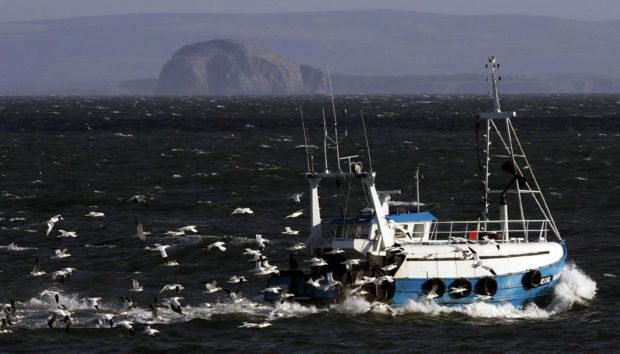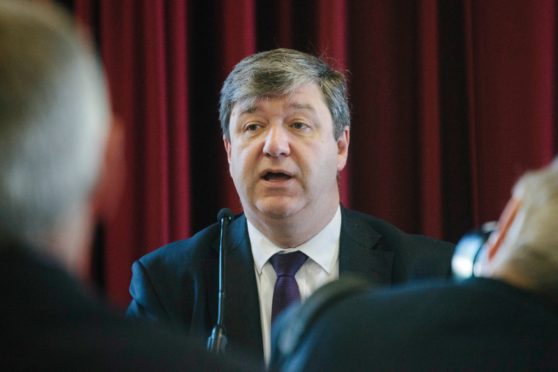Fishermen around Scotland have been used to being forgotten by the government.
From the Conservatives’ dismissal of the industry as “expendable” in the 1970s and onwards, it has always been difficult to get fishing concerns on the parliamentary agenda in a meaningful way.
The Fisheries Bill going through Parliament reflects an overdue yet nevertheless welcome change to put our fishing communities back in the national conversation.
Even with the progress represented in the Bill, however, there remains an incomprehensible gap in the law governing our fishing boats’ safety at sea. Once again it is “out of sight, out of mind”.
When I stand in Parliament tonight to move my amendments to the Fisheries Bill, it will be to put a spotlight on that gap – and to talk about an incident that took place to the west of Shetland earlier this year.

In June a Shetland boat, the Alison Kay, was fishing in an area used by Spanish trawlers to lay their vast, industrial gillnets – some of them miles long.
One of the Spanish vessels, the Pesorsa Dos, took exception to the presence of the local boat. Its skipper put rope in the water in a deliberate attempt to cripple the Alison Kay’s propeller.
In the open waters of the Atlantic it was an act that could easily have led to injury or even death. The skipper of the Alison Kay sensibly decided to back off rather than risk ending up at the bottom of the sea.
This was not the first confrontation of its kind – as any Shetlander can tell you – but it was the first to be caught on video.
If it had happened on land then there would be no question about enforcement. In the event, however, the Maritime and Coastguard Agency shrugged their shoulders and said there was nothing they could do as it happened outside the 12-mile limit.
Incidents like the one faced by the Alison Kay happen because those responsible believe that they can get away with it. If the government takes this problem seriously and accepts my amendment then we may be able to change that perception. @ShFishermen @FNW_IntraFish https://t.co/EOU7srC4vq
— Alistair Carmichael (@amcarmichaelMP) October 13, 2020
They are not wrong – that is the current state of the law. If this sort of incident continues to happen, however, sooner or later a boat is going to be sunk and lives will be lost.
Irish response could not have been more different
The UK has an Exclusive Economic Zone up to 200 miles from our coast. With Brexit coming we shall have complete control over it for ourselves. The coastguard or police should be given the powers to stop this madness. We do not yet know what the future deal on fisheries with the EU will look like, but there is no reason why we cannot set a framework for behaviour and end these dangerous actions.
Other countries take action, even in the EU. Some time after the Shetland incident the same vessel was involved in another one in the Irish EEZ. The Irish response could not have been more different. The boat was taken into port and arrested. We do not have to delay – we can make this change now.
Incidents like the one off the coast of Shetland happen because those responsible believe – rightly – that they can get away with it.
The “Pesorsa Dos” gap in safety at sea has to be filled. Let’s not wait for a tragedy to happen before we make that change.
